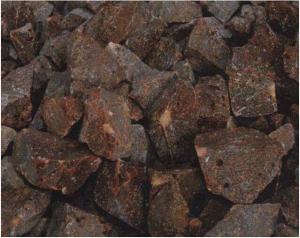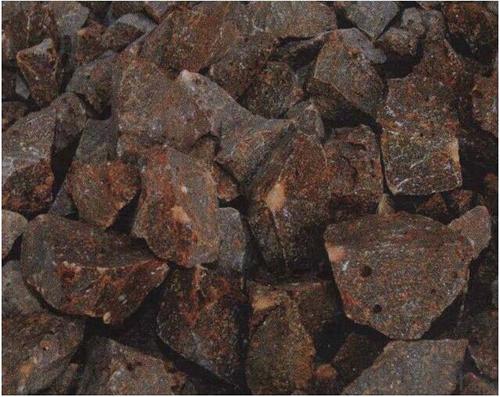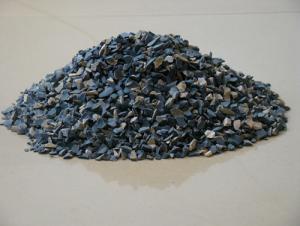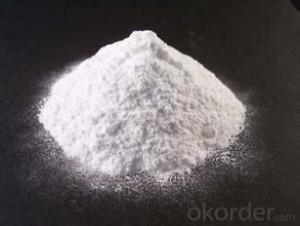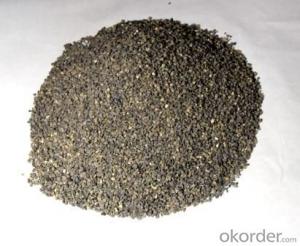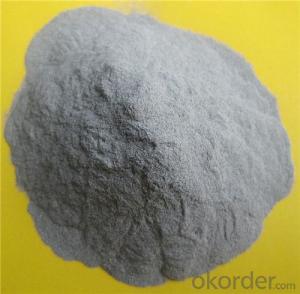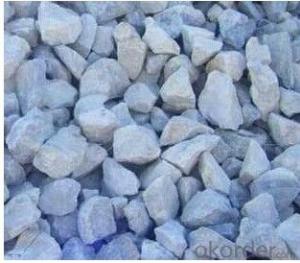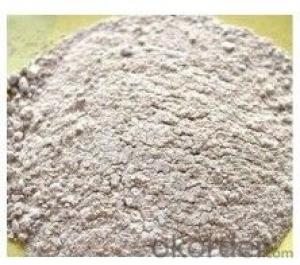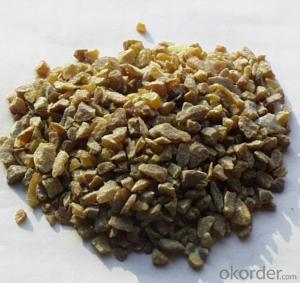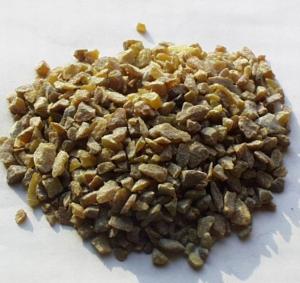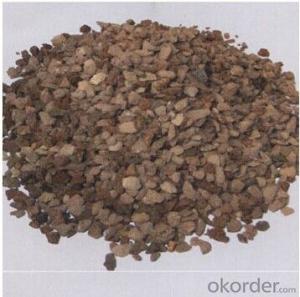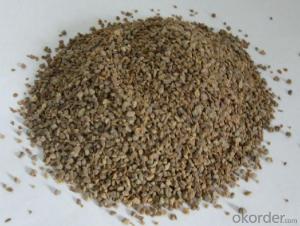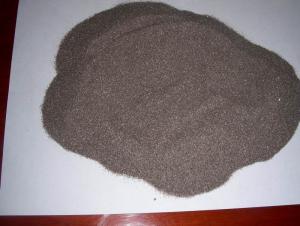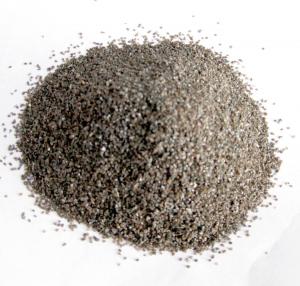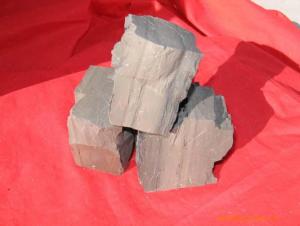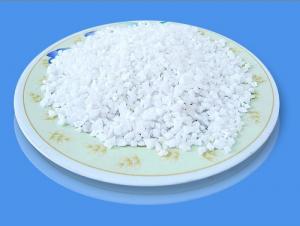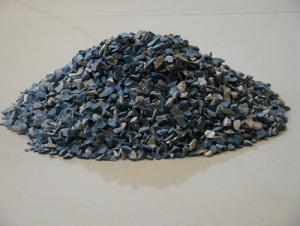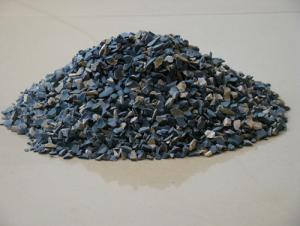Raw Materials for Refractory - Caustic Calcined Magnesite MgO
- Loading Port:
- China Main Port
- Payment Terms:
- TT OR LC
- Min Order Qty:
- -
- Supply Capability:
- -
OKorder Service Pledge
OKorder Financial Service
You Might Also Like
Specifications
Caustic Calcined Magnesite
a. mgo : 60-95%
b. size:120-400mesh
c. packing: 50kg 1000kg
Product application:
Widely used in metallurgy, building materials, chemical industry, national defense, scientific research, aerospace,, medical equipment components in areas such as household appliance
MgO% min | SiO2% max | CaO% max | Fe2O3% max | Al2O3% max | L.O.I. max | Size |
97 | 0.4 | 1.0 | 0.6 | 0.2 | 1.0 | 120-400mesh |
96 | 0.5 | 1.5 | 0.8 | 0.3 | 1.5 | 120-400mesh |
95 | 1.0 | 1.5 | 0.8 | 0.3 | 3.0 | 120-400mesh |
94 | 1.5 | 1.5 | 0.8 | 0.3 | 3.5 | 120-400mesh |
92 | 3.0 | 2.0 | 0.8 | 0.3 | 5.0 | 120-400mesh |
90 | 4.0 | 2.5 | 0.8 | 0.3 | 6.0 | 120-400mesh |
85 | 5.0 | 3.0 | 0.8 | 0.3 | 8.0 | 120-400mesh |
80 | 7.0 | 4.0 | 0.8 | 0.3 | 9.0 | 120-400mesh |
Caustic Calcined Magnesite is produced in the Rotary Kiln by sintering raw magnesite at a controlled temperature of 1750 degree centigrade and its chemically inactive. Dead Burnt Magnesite is consume almost exclusively in the production of Refractory Field.
Dead Burnt Magnesia Uses:
1. Refractory Industry for manufacture of Basic Refractory Bricks
2. Manufacture of Ramming Mass composition, Fettling material and Magnesite Mortar
3. It is used in SLAG beneficialness and in SLAG splashing in Arc Furnaces
4. It is also used as a coating material in Steel Industry.
- Q: What is refractory brick?
- Capability1. Refractory brick is also known as firebrick. It is faint?yellow or brownish. Refractory brick with 770 ℃ at high temperatures is called for short firebrick. It is mainly used for building and smelting furnace. It is a refractory material made by fring refractory clay or other refractory material.
- Q: Is refractory material harmful to human body?
- The risk of mineral wool and glass fiber have cancer!
- Q: What is the principal part of silicious refractory material
- blast furnace hot blast stove and ceramic tunnel kiln vault, etc., the softening temperature under a fixed load is high (1690-1710 degree), glass melting furnace, lightweight silica bricks and generally the silicon?dioxide is greater than 93% and used above the 600 degree. I had undertaken to complete the 50,000 tons over two advanced silica brick production line design. It is a typical acidic refractory. At present, it is mainly used to coke oven which the masonry operating temperature is higher than 600 degree, with good acid resistance of slag erosion, including silica?brick, good thermal conductivity, high thermal vibration stability, product with fused quartz, close to its refractoriness silicious refractory SiO2 which is as the main component of refractory products.
- Q: Does hardware construction materials contain refractory?
- refractory includes one kind of building materials. It is a special material and not commonly used.
- Q: What effect does aluminium powder play in refractory bricks?
- Aluminum powder is the main temperature resistant material ~ ~ ~ ~!
- Q: What are the differences and connections between softening temperature of the refractory under a fixed load and thermal resistant creep property of the refractory?
- The result of refractoriness under load is temperature while the result of creep is percentage of deformation. Refractoriness under load and creep can be tested by an instrument. Refractoriness under load reflects the temperature in which the deformation reaches a certain degree under the condition of load. Creep reflects the deformation refractory has under the condition of constant temperature and load. Both refractoriness under load and creep are important criterion for the operating temperature of refractory.
- Q: what is the common materials for home fireproofing material?
- 1, lumber core 2,decoration panel 3 , plywood 4 density board 5,chipboard 6 fireproof?panel, 7.gypsum board Hope to adopt my opinion
- Q: What are the types of advanced refractory?
- it can be divided into two categories of general and special refractories ordinary refractories by chemical properties into acidic, neutral and alkaline. Special refractory composition divided by high temperature oxide, refractory compounds and high-temperature composite materials Furthermore, according to refractoriness can be divided into ordinary refractory products (1580 ~ 1770 ℃), advanced refractory products (1770 ~ 2000 ℃) and grade refractory products (2000 ℃ above). the article can be divided into blocks (standard bricks, shaped bricks, etc. ), special shape (crucible, sagger, pipe, etc.), fibrous (aluminosilicate, zirconia and boron quality, etc.) and a random shape (refractory clay, pouring materials and ramming mixes, etc.) according to the sintering process it can be divided into sintered products, cast products, melt blown products.
- Q: What are the advantages and disadvantages of new external wall fireproof and thermal inuslation matertials?
- The new external wall fireproof and thermal inuslation matertials have both the advantages and disadvantages. Advantages: 1)Low requirements on the waterproof, weather resistance and other technical indicators. The dry wall and gypsum plastering mortar, etc. can meet the requirements and can be easily obtained; 2) The inner insulation material are separated by the floor, and construct within a height of only a storey , without erecting scaffold ; 3) In the hot summer and cold winter or hot summer and warm winter area, the inner insulation meets the requirements; 4) The glass beads overcome the shortcomings of expanded perlite, like, large amount water absorption, easy powdering, big volumetric shrinkage in the slurry mixing process, easily leading to post-insulation product performance degradation and hollowing, cracking, and also make up for the defects of polystyrene particles organic materials, like, flammable, poor fire performance, producing harmful gas at high temperatures and anti-aging, poor weather resistance, poor workability and large rebound in construction, ect. Disadvantages of external wall insulation : 1) Since the ring beam, slab and column structure would cause thermal bridges, leading a greater heat loss; 2) It is of low intensity, high water absorption, easy to shrink and crack. The insulation system is prone to cracking, leaking or loss and other common quality problems, especially it is easy to crack at the seams, thus being difficult to exsit as long as the building. 3) It is inconvenient for the users to redecorate and hang ornaments; 4) It takes up indoor used space;
- Q: What are fire resistant level standards of class A fire resistant door?
- Executive standard: GB12955-2008 Fire Door. Fire resistant level: Class A: 1.5h, B:1.0 h, C: 0.5 h. Thickness of door leaf: Class A: 50mm, B 45mm, C 40mm. Doorframe Specification: Class A, B, C. Door leaf form: Single open, double open, single open with glass, double open with glass, single open with glass and bright, double open with glass and bright, with a bright picture, Zimu glass Zimu glass with light. Doorframe Specification: Class A, B, Door leaf form: Single open, double open, single open with glass, double open with glass, single open with glass and brightness, double open with glass and brightness, double open with a lager door leaf and a smaller door leaf, double open with a lager door leaf and a smaller door leaf with glass, double open with a lager door leaf and a smaller door leaf with glass and brightness. Standard sizes: In line with GB5824-86 Hole Size of Building Doors and Windows."
Send your message to us
Raw Materials for Refractory - Caustic Calcined Magnesite MgO
- Loading Port:
- China Main Port
- Payment Terms:
- TT OR LC
- Min Order Qty:
- -
- Supply Capability:
- -
OKorder Service Pledge
OKorder Financial Service
Similar products
Hot products
Hot Searches
Related keywords
